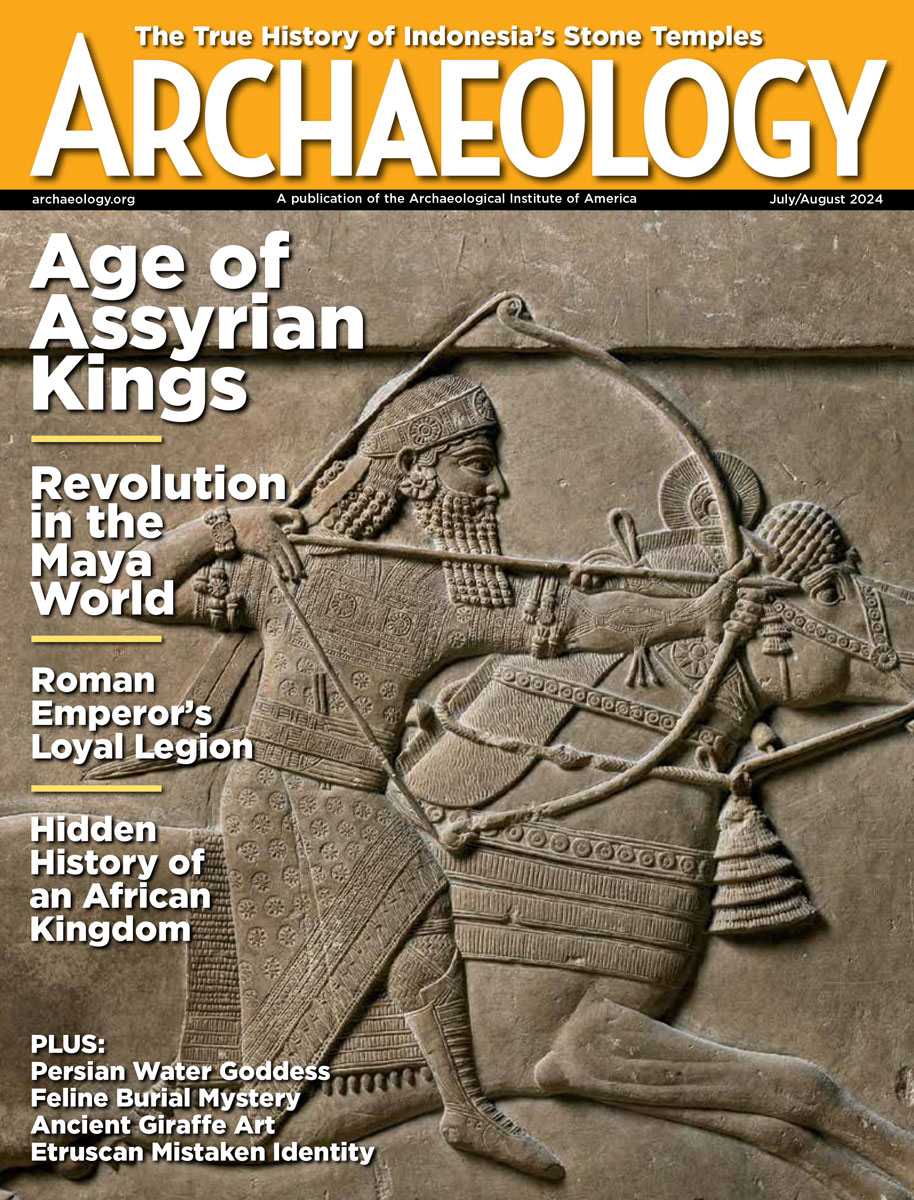Monday, April 21
April 21, 2008
France has returned more than 250 artifacts to the African nation of Burkina Faso. The 3,000-year-old objects were stolen by a French couple, and intercepted by customs officials in Rouen last December.
Rising sea levels are threatening Egypt’s ancient cities, including what’s left of Alexandria. “One of the issues we are facing is not just the sea level rising, but the violence in the sea and the waves affecting the cornice, the wall surrounding the Eastern Harbor,” said Emad Khalil, an underwater archaeologist at the University of Southhampton. Â
Emory Kemp of the Institute for the History of Technology and Industrial Archaeology at West Virginia University announced that the world’s first commercial oil well was drilled at Oil Springs, in Ontario’s Lambton County, in 1858, and should be designated a World Heritage site. “Despite the great publicity given to the Drake well (in Pennsylvania) there’s no doubt it was drilled a year after the first Oil Springs well opened,” he said. Â
A funerary lekythos, or oil flask, was returned to Greece from a private collection in Switzerland. Â
In Kent, England, the remains of a turf wall built along the edge of the River Medway by the Romans in 70 A.D. were uncovered last winter. Â
Australia’s National Trust is considering offering an amnesty for the return of Ned Kelly’s skull. Archaeologists think that they may have found the rest of the outlaw’s bones in a mass prison grave, but it is rumored that his head was taken in 1929 when his body was exhumed and moved. Â
Maciej Henneberg of Australia’s University of Adelaide has published a popular book claiming that the so-called Hobbit bones, otherwise known as Homo floresiensis, belong to a modern human whose teeth had been cared for by a dentist in the 1930s. University of New England’s Peter Brown, who was part of the Hobbit discovery team, called the book “complete lunacy.”
- Comments Off on Monday, April 21









